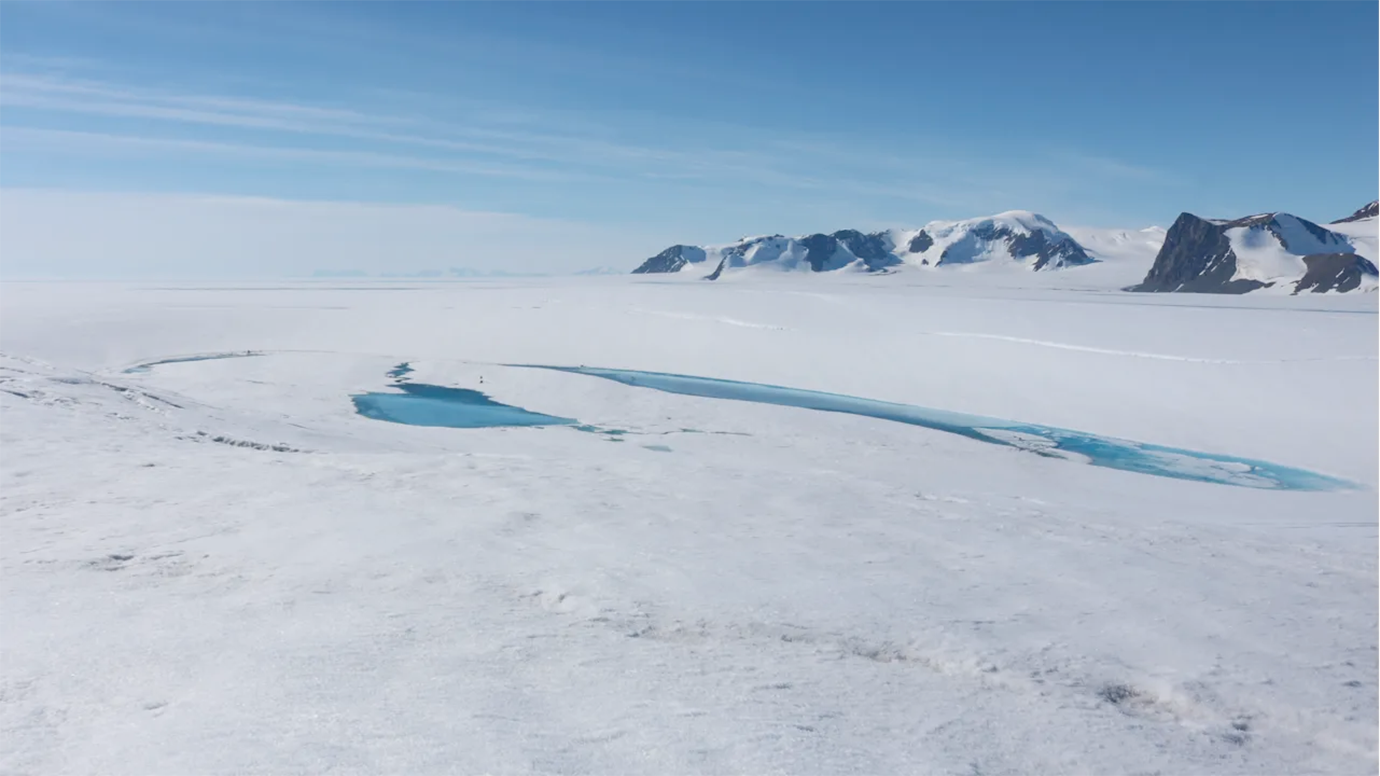The rise of sea level may be slowed in the upcoming centuries if land rises beneath Antarctica's ice sheet. Sea levels could rise considerably higher as a result of emissions increasing if the ice melts further.
The discovery is based on a model that more accurately than previously replicates the mantle, the layer that sits under Earth's crust. When Antarctica's weight decreases due to melting ice, the land above it rises as the elastic mantle beneath it rebounds. The melting ice sheet's flow when it meets the sea may be slowed by the rebounding land. The primary source of this "sea level feedback" is that the seafloor is reshaped by the rising land, which limits the thickness of the ice sheet at its border and hence lowers the total flux of ice into the sea.
For a long time, scientists believed that this effect would contribute to a slower rate of ice loss. However, it was unclear how this influence would change at different locations on the ice sheet and when it would start to emerge.
A simulation of the mantle that captured variations in viscosity beneath the continent was one of the models used by Natalya Gomez at McGill University in Canada to study the relationship between the melting ice and rebounding land.
The rapidly melting glaciers of West Antarctica rest atop a thinner and less viscous crust, while the more viscous mantle of East Antarctica dominates the region below. Decades of accurate measurements of the ice sheet's elevation changes, combined with information about the mantle beneath Antarctica gleaned from seismic waves caused by earthquakes, have given rise to this more comprehensive image of the planet's interior. "This has been a hard-earned thing," Gomez declares.
The researchers discovered that rebounding land, when compared to a model that treated the ground beneath the ice as rigid, reduced Antarctica's contribution to the global average sea level rise by over half a meter by 2500. This effect was less significant under a moderate emissions scenario, but it still resulted in a significant reduction in sea level rise, which began as early as 2100.
However, the scientists discovered that Antarctica's rebounding land caused an extra 0.8 meters of sea level rise by 2500 under a very high emissions scenario. This occurred as a result of the ice sheet retreating more quickly than the land recovered and the seafloor rising, which moved more water into the remaining ocean.
“From a modelling perspective, it’s a very big advance,” according to Alexander Bradley of the British Antarctic Survey. Rebounding land has long been thought to slow sea level rise, but higher-resolution modelling reveals that emissions have an impact as well. “The changes that take place in the 21st and 22nd century are baked in by what we do now,” claims Bradley.



























